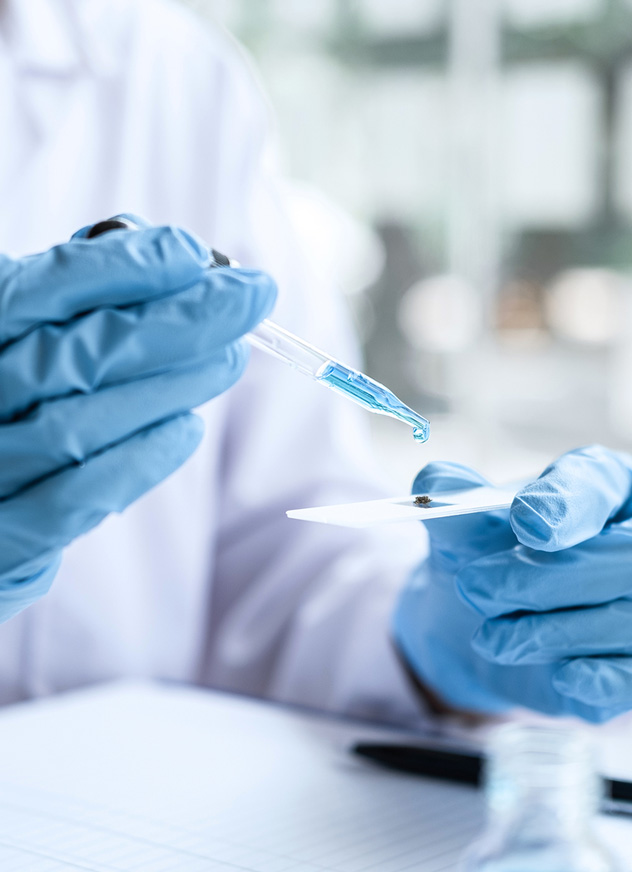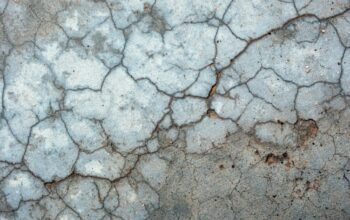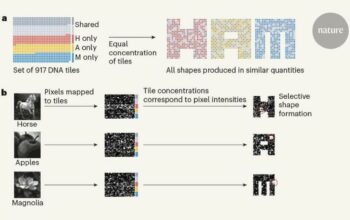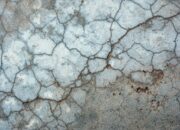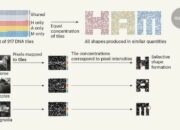The evolution of medical diagnostics has traversed remarkable dimensions, continuously pushing the bounds of technology and human ingenuity. Traditionally, the needle has embodied a pillar of medical practice, embodying both anxiety and necessity in equal measure. However, an intriguing interdisciplinary revolution has begun to unfold at the confluence of physics and medicine, heralding a transformative approach to blood analysis devoid of the torment of needles. This paradigm shift is not merely technological; it offers a metaphorical lens into the potential of innovation in clinical environments.
In the annals of medical history, blood tests have been revered as the lighthouses guiding clinical diagnosis. They illuminate physiological abnormalities with a precision akin to a magnifying glass on an insect’s anatomy. Until recently, a venipuncture was the cornerstone for procuring blood samples, creating a duality of apprehension and dependence among patients and practitioners alike. Yet, envisioning an alternative pathway that circumvents this traditional route evokes a sense of liberation. The metaphor of the needle as a “key” unlocking the secrets of our biological composition is being reimagined. The question arises: What if we could decode our inner workings without this key, using instead the very principles of physics that govern the universe?
This innovative pursuit has manifested in several fascinating methodologies, prominently including the use of microfluidics, photoacoustic technology, and biosensors. Microfluidics, in particular, operates on principles of fluid dynamics to manipulate small volumes of liquids within channels smaller than a human hair. Imagine streams of blood coursing through miniaturized highways, where each droplet carries invaluable information about health status. In this context, the flow of a single drop becomes a cascade of insights, enabling physicians to diagnose conditions such as diabetes and infections without the need for invasive extraction.
Photoacoustic technology further enriches this narrative. It entails the use of laser-induced ultrasound waves, creating a non-invasive modality to map out the constituents of blood. When light interacts with biological tissues, it generates sound waves that can be analyzed to discern the molecular composition. Conceptually, this method reframes our understanding of blood sampling: from an invasive extraction process to a diagnostic symphony performed by photons and acoustics. The allure lies in the seamless integration of physics into clinical practice, welding the abstract principles of sound and light with tangible health assessments.
The advent of biosensors also illustrates this synthetic amalgamation between physics and clinical needs. These devices intercept biological signals and convert them into readable data, providing immediate feedback without blood withdrawal. Utilizing technologies such as electrochemical detection or piezoelectric sensors, these instruments can analyze blood glucose levels, blood pressure, and even biomarkers indicative of more complex diseases. Here, the human body is envisioned as a dynamic circuit board, where each biochemical reaction transmits an electrical signal—a notion steeped in the elegance of modern physics.
Despite the vast promise these technologies herald, the transition from the laboratory to clinical utilization is replete with challenges. Standardization, accuracy, and regulatory approvals loom large as hurdles requiring meticulous navigation. Moreover, the psychological dimension warrants consideration; patients often harbor skepticism towards novel methodologies. The comforting familiarity of a needle has, for many, been synonymous with the reliability of traditional blood tests. Addressing these concerns necessitates not only the proof of efficacy but also a robust communication strategy that elucidates the safety and precision underpinning these new technologies.
As the landscape of medical diagnostics evolves, the metaphor of the needle becomes both a relic and a canvas upon which the future is being painted. It catalyzes the imagery of a world liberated from discomfort—one where the essence of blood can be deciphered without the stigma of pain. To illustrate, consider a musician who tunes a stringed instrument not by plucking the strings but by listening to the vibrations in the air. Analogously, emerging techniques resonate with the premise of understanding blood composition by interpreting physical phenomena rather than extracting samples.
In essence, the transition to needle-free blood testing encapsulates the marriage of physics and healthcare, embodying a paradigm that extends beyond mere convenience. It symbolizes a broader quest for precision medicine, where the focus shifts towards obtaining detailed patient information with minimal invasiveness. With increasing integration of RFID technology and high-throughput analysis, the prospect of conducting comprehensive blood tests using non-invasive means evolves from a theoretical horizon into a palpable reality.
Envisioning the future, as physics continues to articulate the nuances of human physiology, the potential for developing advanced diagnostic tools remains inexhaustible. The needle, once perceived as an unassailable necessity, may assume a supplementary role in a comprehensive array of diagnostic options. It is within this interplay of tradition and innovation that the practice of medicine finds itself on the precipice of a remarkable transformation, reimagining the very essence of how we communicate with our bodies.
As we stand at the intersection of physics and medicine, the exploration of blood tests without needles heralds a promising era—one infused with the potential to enhance patient experiences while further emboldening the clinical ethos of accuracy, accessibility, and sensitivity. This transition is not merely a technical advancement; it is a philosophical reorientation towards a more humane and integrative approach to healthcare.
